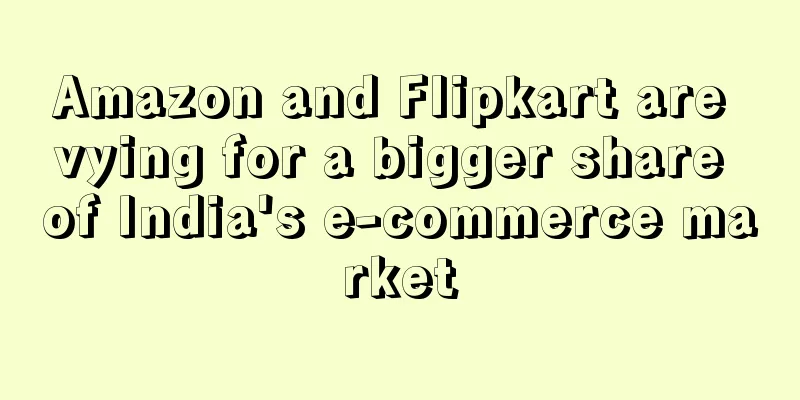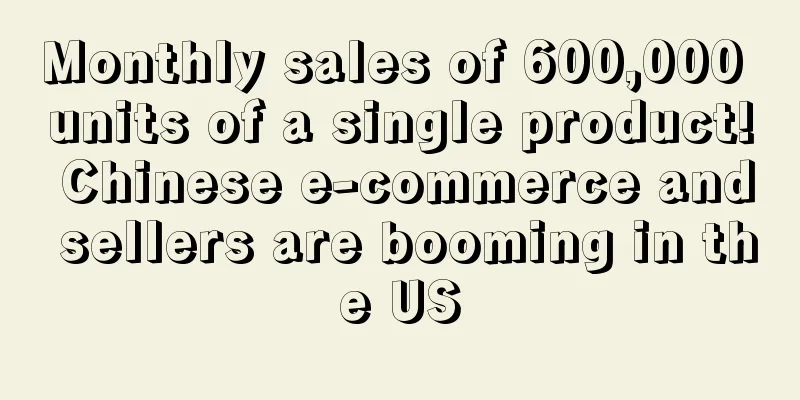Amazon and Flipkart are vying for a bigger share of India's e-commerce market

|
In India, e-commerce giants Amazon and Flipkart are competing at a breakneck pace in offering good prices.
According to an analysis by US brokerage firm Jefferies, for lower value goods (priced below Rs 2,000), the platform fees charged by the two e-commerce giants differ by less than Rs 50. And when it comes to high value goods (priced above Rs 10,000), the platform fees charged are less than 1% of the order value.
Jefferies' research note highlighted that they found that Flipkart charges lower fees than Amazon India in certain major categories . However, the local e-commerce giant has a relatively "complex" commission structure , in which most of its categories have different fee rates depending on the pricing tag .
On the other hand, despite having a higher fee rate than Flipkart, Amazon has a more uniform approach to its commission structure across most categories, which is easier to understand.
The report also added that although Flipkart charges a lower commission rate, it makes up for it by charging 2% fee on the order value.
Amazon and Flipkart both have their own pricing structure, which is broadly divided into commission, shipping, service/collection, and other related fixed fees. Here, a commission or referral fee is charged to online sellers for using the marketplace . Moreover, the fees involved in this space vary depending on the product category and pricing. For example, electronic products usually only charge a low commission of 3-5% , while eyewear charges at least 10-16% commission.
Finally, the report highlights that among all major categories, consumer electronics is the most important from a gross merchandise value (GMV) perspective, contributing a whopping 40% to the overall Indian e-commerce industry in FY20. So while smartphone devices attract only 7% of users, the lowest among all other product categories , the unit value of mobile phones is very important for the platform . In contrast, fast-moving consumer goods or basic staples or low-value categories attract 15-30% purchase rate, but they are also more expensive to store and transport.
All in all, both Amazon and Flipkart are offering similar prices in their fight for a larger share of the Indian e-commerce market ! Now, it remains to be seen what the future holds for these two giants in the Indian e-commerce space. India Amazon Platform Fees |
<<: Japan retail sales fall for third straight month
>>: DHL predicts that the B2B e-commerce market will reach US$20.9 trillion in 2027
Recommend
After one year of entrepreneurship, the company received nearly 10 million yuan in financing! Is Amazon service provider doing well again?
Recently, Workflow Labs, a Seattle-based startup ...
What is seisukeknife? seisukeknife Review, Features
seisukeknife offers a large selection of high qual...
What is AMZFire? AMZFire Review, Features
AMZFire (AMZFire Review to Order) is a Chrome ext...
What is FGMVendors? FGMVendors Review, Features
FGMVendors is a B2B trading platform featuring on...
What is ShareSave? ShareSave Review, Features
ShareSave is a new cross-border e-commerce platfo...
What is Submarino? Submarino Review, Features
Submarino is a Brazilian online retail website tha...
New sellers go overseas to make money and quickly get orders on Shopee!
Recently, new domestic e-commerce sellers are act...
What is Max4Seller? Max4Seller Review, Features
<span data-docs-delta="[[20,{"gallery"...
About 20,800 bicycles recalled due to risk of injury
With the outbreak of the COVID-19 pandemic, more ...
A single seller loses hundreds of millions, while small and medium-sized sellers just make a profit
In the past three quarters, the cross-border mark...
Hot sales changed fate! Entered the popular track and won the first place in the category
In recent years, with the development of the econ...
Amazon's bundling policy is tightened! A large number of listings need to be modified
For sellers, bundling products on Amazon can brin...
Alibaba International Station released the September cross-border index: New overseas consumption concepts are taking shape, and "good enough" makes second-hand mobile phones more attractive than new iPhones
Recently, Alibaba International Station released ...
The past 10 years of Shenzhen sellers: from “making money while doing nothing” to mortgaging houses to save the company!
Shenzhen sellers' 10-year cross-border journe...
What is Takumi Appeal? Takumi Appeal Review, Features
Tuohai Appeal is the Amazon appeal team of Anhui Y...









